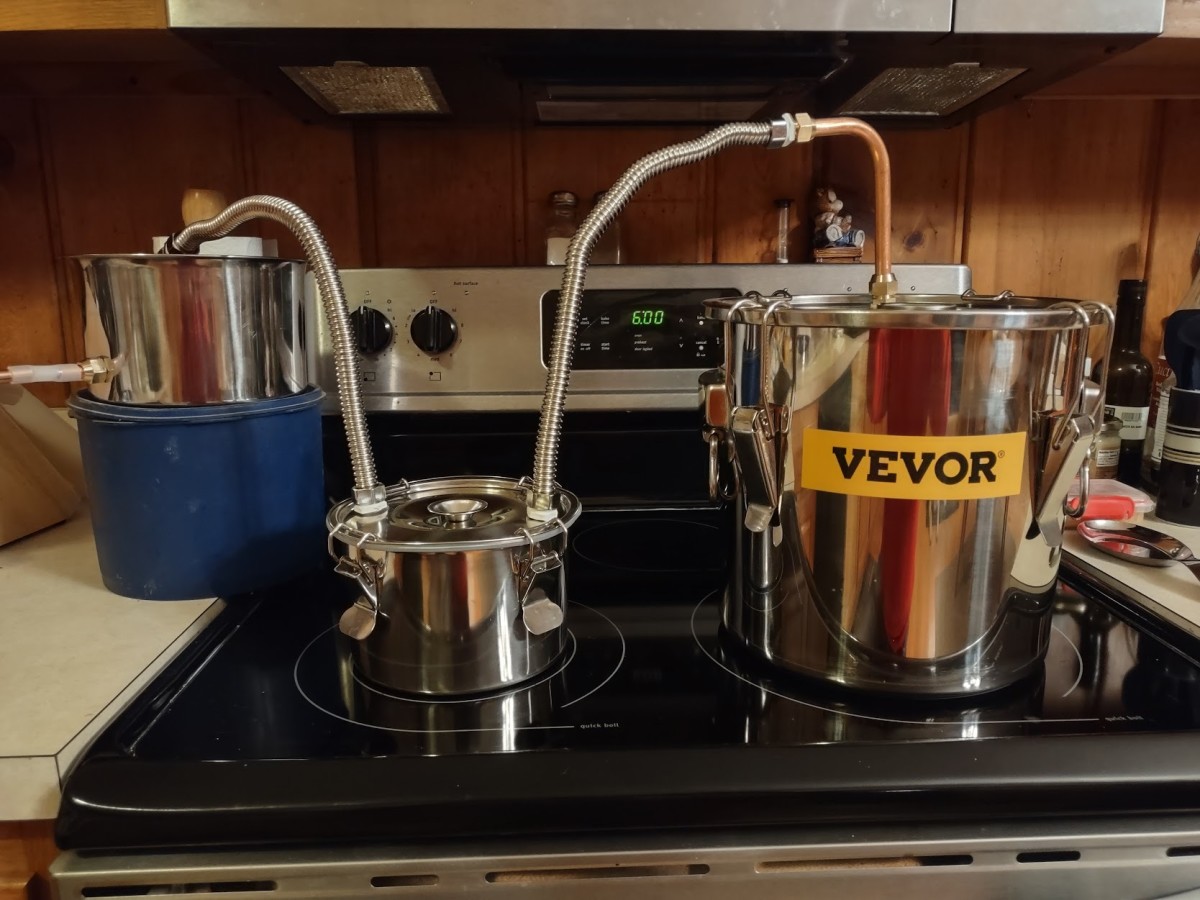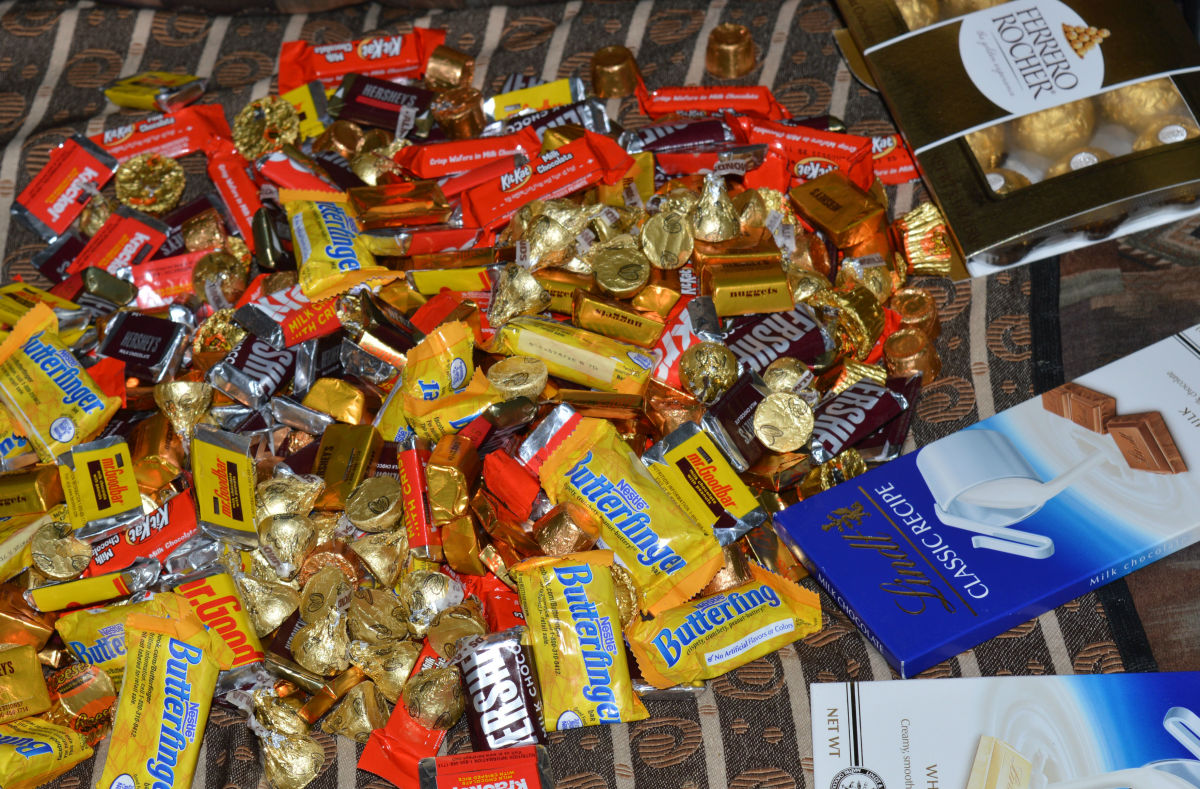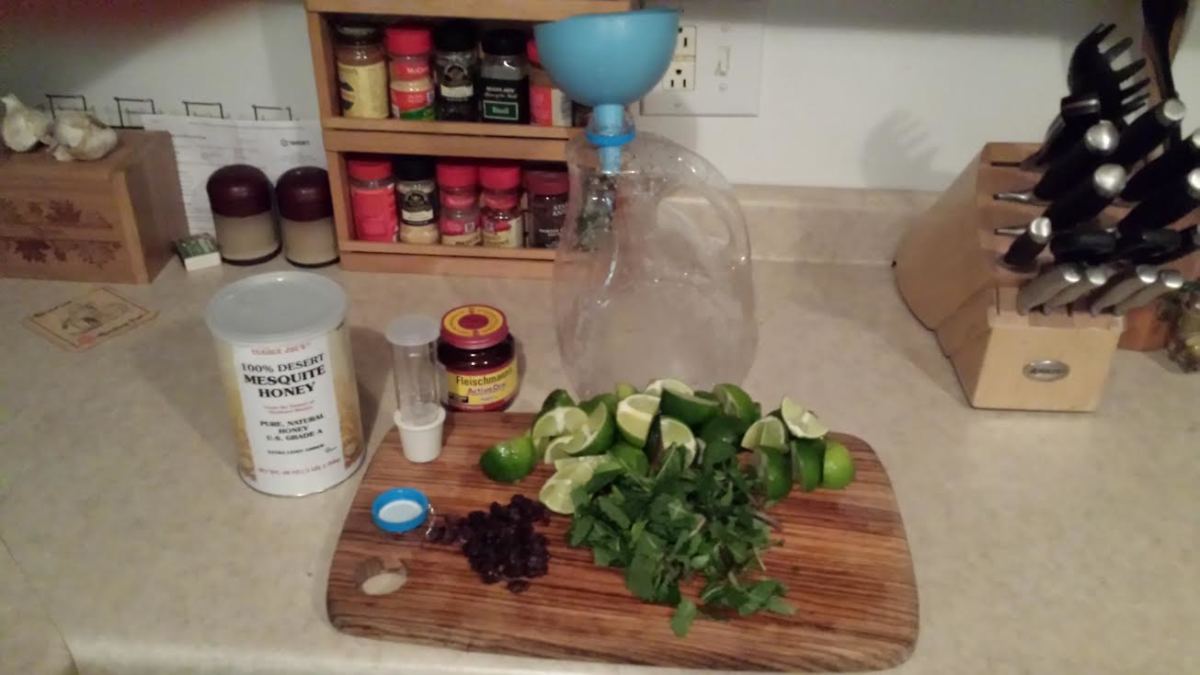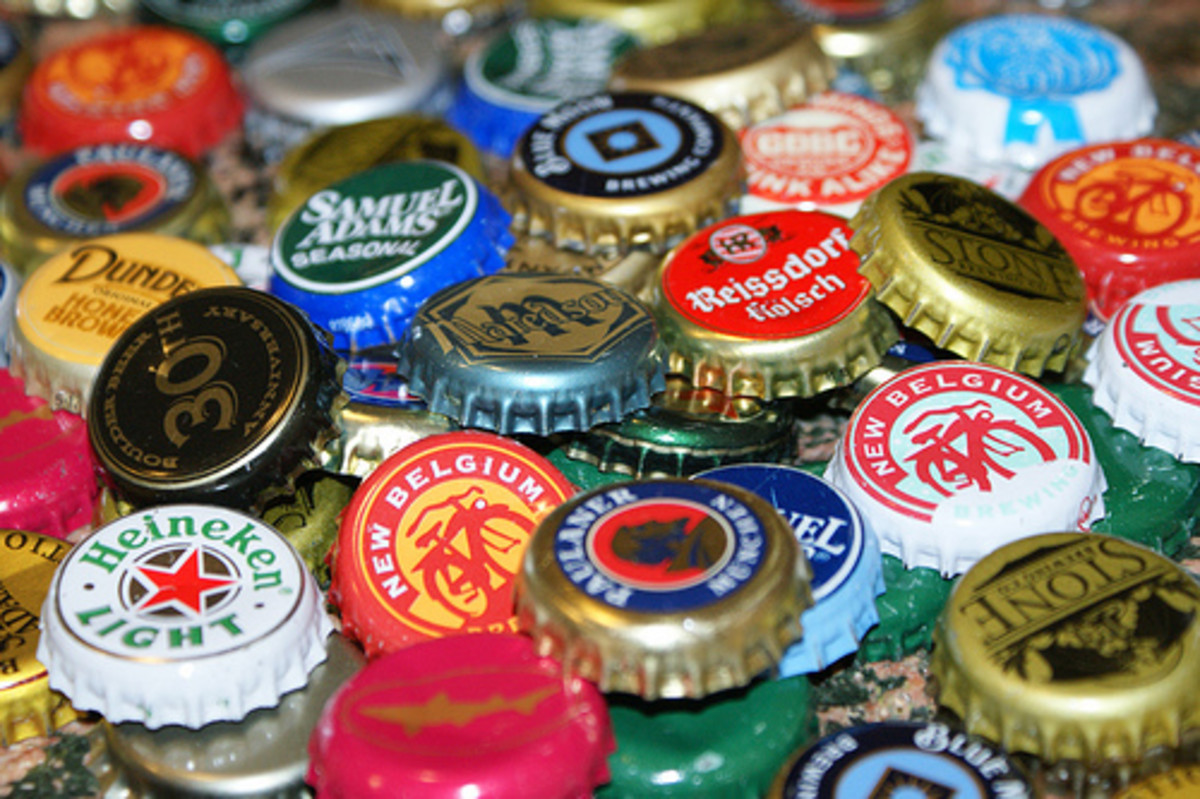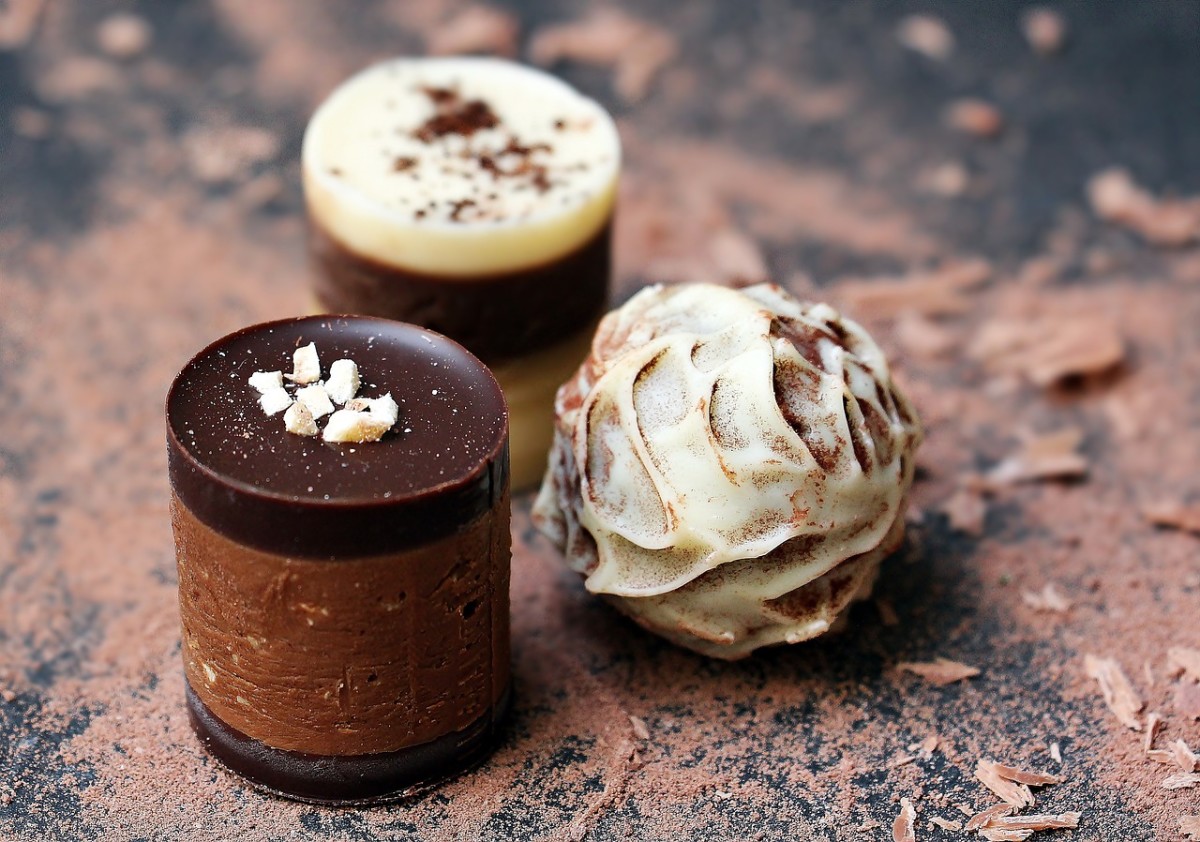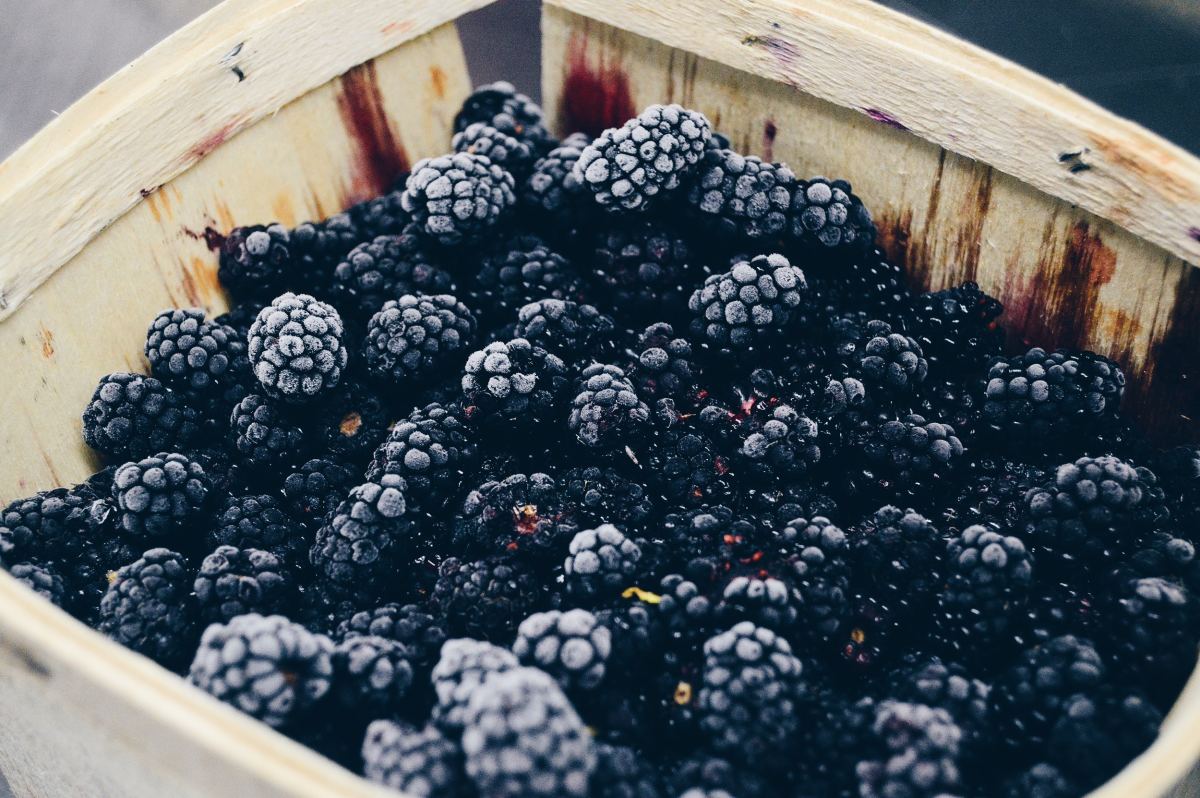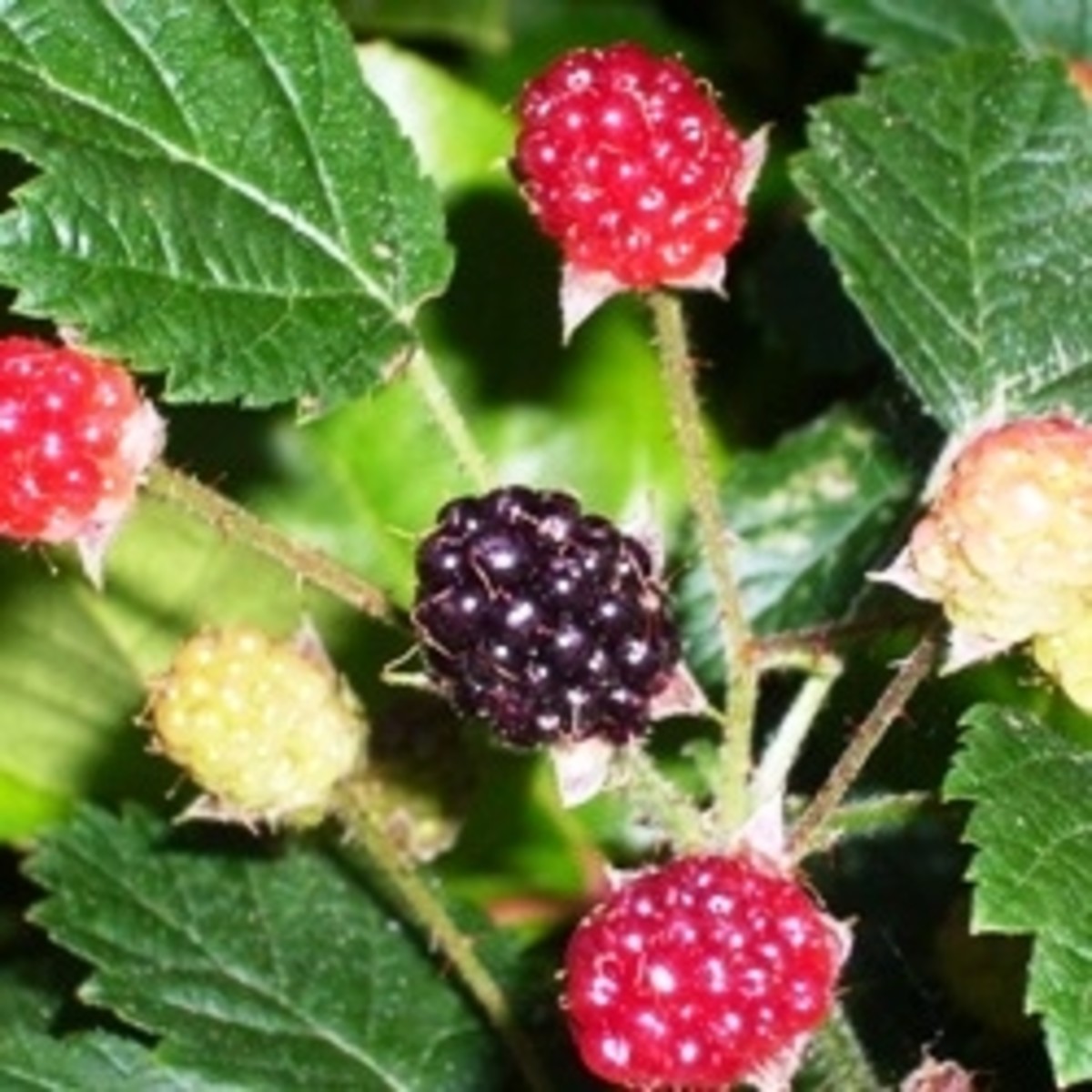Cocoa Beans to Chocolate Process for This Christmas
Cacao or Cocoa trees
Cocoa trees (Theobroma cacao) are cultivated in plantations in many parts of the world. These are mainly used for chocolates, cakes and confectioneries.
You can make your own cocoa cream and butter at home if you have some cocoa trees which are yielding. There are different cocoa pods based on the colour and pod thickness. Some are having yellow pods when ripe, which have a white creamy kernel and nutty seeds. These seeds are used for cocoa of commercial use.
Cocoa is grown as a forest crop in the tropical regions of the globe. Cocoa plants are shade-loving and require a good amount of moisture in the soil. In some parts of the world, cocoa is cultivated in plantations. In India, most cocoa is grown under the rubber or coconut or areca nut plantations as the shade-providing main crop.
The cocoa varieties cultivated in India are superior and harvests are comparable to the world quality beans. There about four different varieties of Forestero variety of cocoa in India and there are hybrids as well. In India there is also Criollo type of cocoa is being cultivated. However, in India superior quality processing is not being done because there is not enough demand for premium quality chocolates.
Finest quality of cocoa is blended in Europe. However, the highest cocoa production is happening in Africa. The largest producer of cocoa in the world is Cote d'Ivoire. This country produces around one-third of the production of the entire world. Ghana, Brazil and Indonesia are also important cocoa producers. In the countries where the crop is grown by cutting the natural forest, there is no more possibility of increasing land area. in other countries where it is grown as intercrop among other plantation crops, there is plenty of scope for crop diversification. Cocoa crop, as well as chocolate, have a great future as per as the younger population is very much fond of it.
Cocoa production in the world is mainly from Brazil, Cameroon, Colombia, Cote d'Ivoire, Dominican Republic, Ecuador, Ghana, India, Indonesia, Mexico, Nigeria, Papua New Guinea, Peru, Togo, Uganda, Venezuela, etc.
Theobroma cacao means the food of gods in Greek. The food of God is released by well to do human beings for many things. Colour is fantastic and the sugar blended tastes fantastic for the sweet tooth persons.
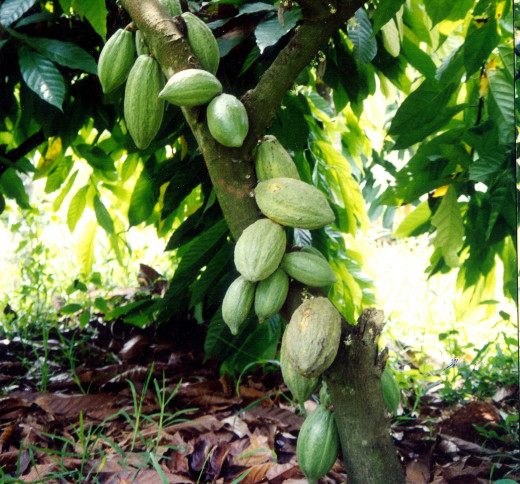
Cocoa cultivation
Cocoa is mainly grown in tropical rain forests. However, in some countries, it is cultivated with proper irrigation and application of manures. It is recently observed by the scientists that stressed cocoa trees produce high-quality cocoa beans. These have antioxidants and proteins which enhance taste and quality.
Cocoa has some minor diseases and pests. The Cherelle rot, the black pod disease and the tea mosquito bug are the main problems in India.
Cocoa Pods
Well-ripe cocoa pods from cocoa trees are collected by harvesting sickle attached to a pole. They are brought to the yard and are cut and broken to get the seeds with juicy pulp. These are then filled in containers.
Process of chocolate making
When we think of sweet cocoa chocolates, naturally feel drooling by its imaginations. Developed country markets are the consumers of the worlds finest chocolates.
Pleasant sweet tooth longs for homemade cocoa chocolates. Homemade cocoa without emulsifiers or preservatives is good. Handmade and homemade chocolates, that too finely crafted and designed ones have premium markets. The process of preparation of cocoa is a little lengthy. There are some important processes by which the Aroma and taste are produced.
First and the foremost thing is that selection of very good beans. They must be matched and collected from fruits.should not have any contamination or germinated portions. Dried to the optimum after fermentation.
Fermenting
Fermentation is a second important thing which brings flavour to the cocoa beans. Cocoa beans after collection and cleaning how to be formatted and some pressure for about a week. The juicy beans are heaped and fermented well to develop good tasty beans. Fermenting is either done in heaps or plastic or wooden containers. It is optimum to ferment for 6 to 7 days.
In between regularly on alternate days it has to be turned upside down to give all the beans equal processing. To ooze out the fermenting a small slope is given on the fermentation platform. This is a crucial step where the real flavour of the cocoa beans get developed.
After complete squeezing out of the fermentation liquid and the proportion of the seed that is the kernel or the beans, cocoa beans are taken for further processing.
Drying
Next is drying. The cocoa beans are spread out in the even yard and made to drive under the sunlight. In between, they are turned to have you and dryness. Like this is dried for 5-6 days to bring the moisture level to ask minimum as 5-6%.
By this time the cocoa beans start making a rattling sound, it is the proper indication of the required dryness of the beans.
After this, the beans can be stored in gunny bags with proper air circulation. They have to be prevented from moisture and fungal attack.
During further processing for chocolate making the beans are roasted. The beans are then roasted well, by that it turns to brown colour. After roasting the beans are first or removed by a mechanical process. This process is called as nibbing.
Nibbing
Removing the seedcoat to recover the purplish-brown kernels is known as nibbing.
For obtaining the cocoa powder, these nibs are made as powder. This form of cocoa powder very good for using in cakes and confectionery. Fine powder can also be used for making a cocoa drink.
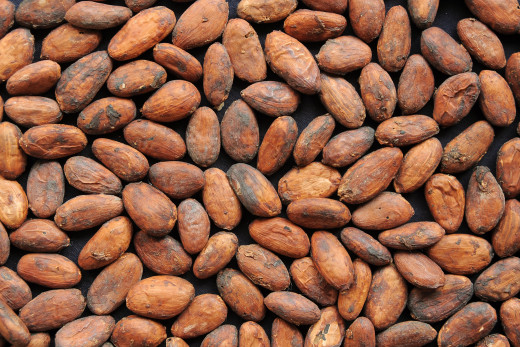
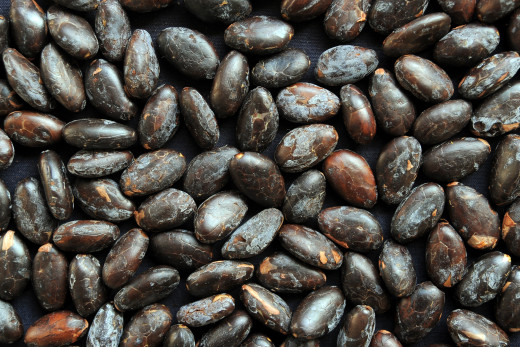
Grinding
Properly nibbed cocoa beans are then ground well in heavy-duty grinders for long duration like 6 to eight hours. For obtaining smoothie chocolates it is very important to grind to such a level that the crystals of the cocoa powder blend well with the creamy portion to give superiors smoothness.
Baking
Sufficient quantities of sugar are added for giving a better taste. In some of the improved methods, the cocoa and cocoa butter is separated. The cocoa liquor is blended with cocoa butter and sugar only in the required proportions to give different flavours to the chocolate.
To make dark chocolates, only cocoa powder cocoa butter sugars and a small amount of ghee are added. For making milk chocolates apart from these milk powder also is added and the chocolate colour will be creamy white.
Moulding
Moulding and crafting chocolate is a form of fine arts. Premium chocolates are modelled in special artistic moulds.
Packing
Chocolates always remain solid in refrigerators. At temperatures above 30 degrees, chocolates melt. Therefore to suit refrigeration, the chocolates are first wrapped in aluminium foils and then in proper packets or cartons.
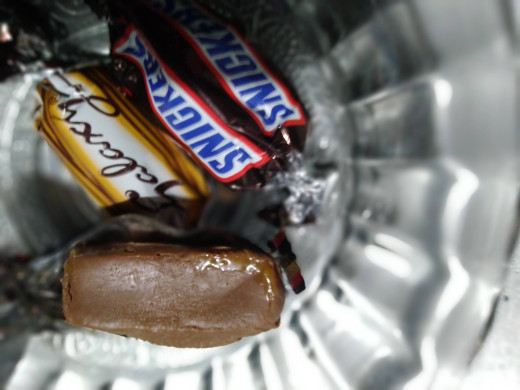
Chocolate delicacies
Sufficient quantity of the ground cocoa is mixed with sugar and cocoa liquor and baked two thick consistency. Then it is alternately heated and cold and circulated to give a good temper for the chocolate. Nicely tempered chocolate in the liquid form is then poured into moulds and then cooled to make solid chocolate bars. So hope you are ready to give a try for handcrafted homemade chocolate bars of your own taste and size. Yummy chocolates give delight to your festival this year.
During this Christmas as well as the new year you can try your own blends of cocoa without the harmful emulsifiers and chemicals. Natural cocoa is nutritious and good for health. Fresh homemade cocoa preparations will be delicious and have a great aroma.
Dark chocolate
| Nutrition Facts | |
|---|---|
| Serving size: 38 grams | |
| Calories | 220 |
| Calories from Fat | 126 |
| % Daily Value * | |
| Fat 14 g | 22% |
| Sugar 18 g | |
| Fiber 2 g | 8% |
| Protein 1 g | 2% |
| Sodium 100 mg | 4% |
| * The Percent Daily Values are based on a 2,000 calorie diet, so your values may change depending on your calorie needs. The values here may not be 100% accurate because the recipes have not been professionally evaluated nor have they been evaluated by the U.S. FDA. | |
This content is accurate and true to the best of the author’s knowledge and is not meant to substitute for formal and individualized advice from a qualified professional.
© 2019 Halemane Muralikrishna

